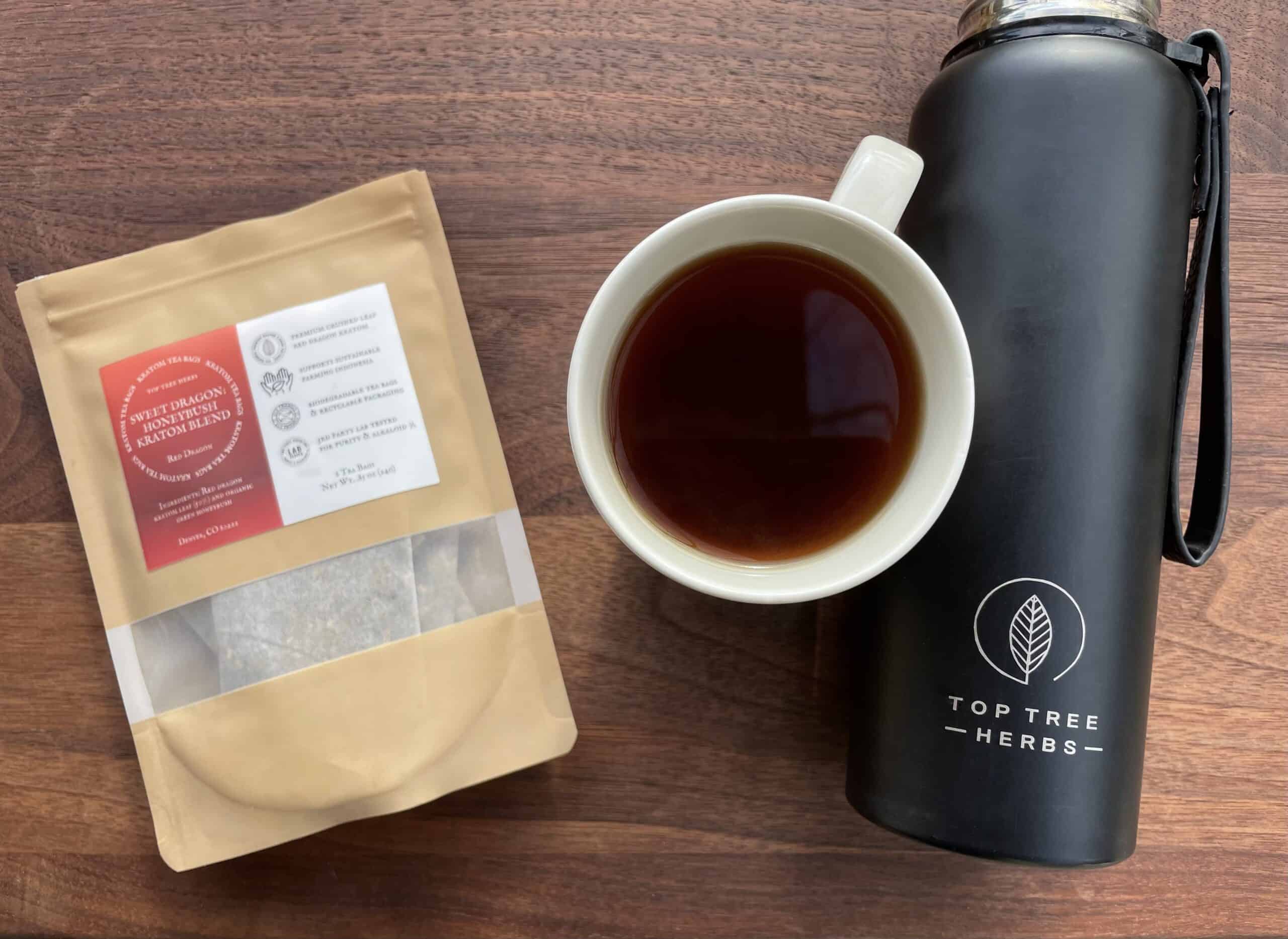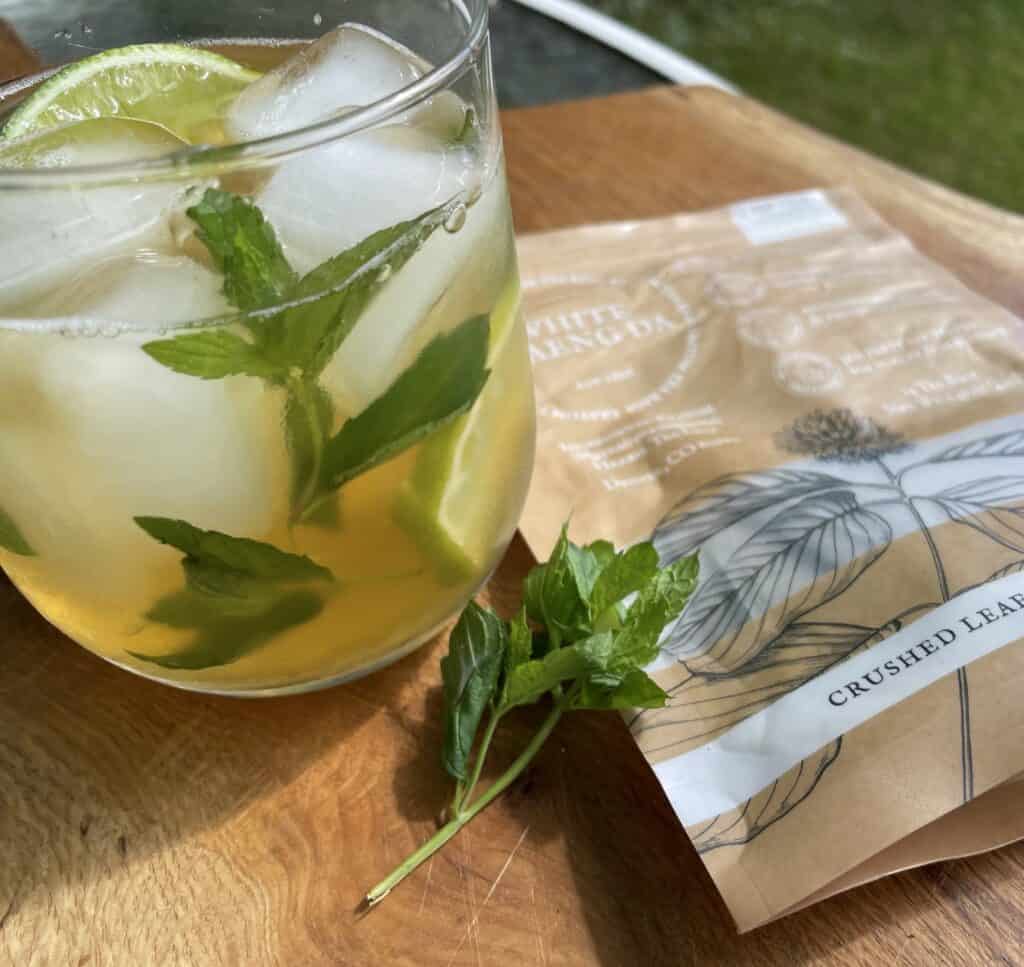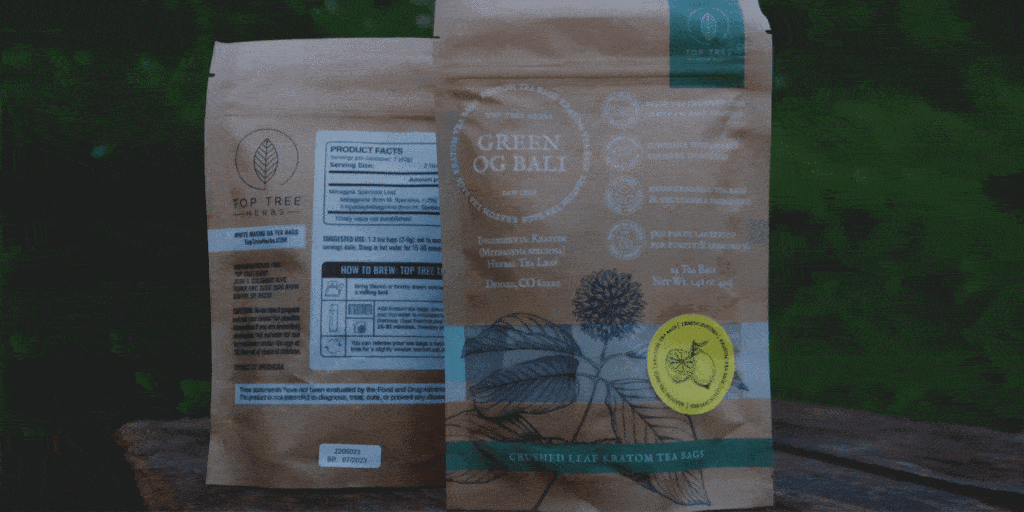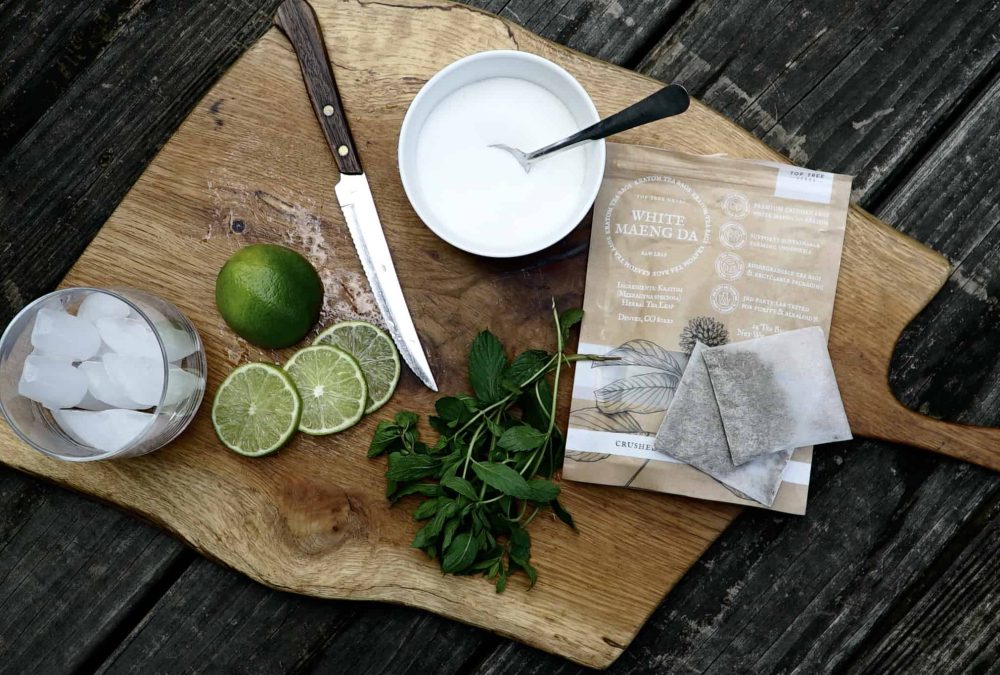Welcome to our most recent edition of the Better Brewing Blog: How to Sweeten Kratom Tea.
So, you’re through with the old “toss and wash” method, and you’ve graduated to the wide world of kratom. Congratulations! Well…Now what?
Drinking kratom tea can be an excellent way to energize, focus, or even relax depending on what “strain” and serving size you choose to opt for. Indeed, there are a host of positive things to be said about the Mitragyna speciosa kratom plant.
However, a wonderful natural taste is not one of those things. Not to say that raw kratom isn’t palpable, but its taste has commonly been referred to as “bitter” or “earthy”. Even veteran kratom consumers can attest to the fact that they regularly supplement their kratom with some other form of sweetener or flavoring. For many, a good analogy is espresso. For first timers, a straight shot of espresso is going to make your lips purse. However, once you adapt to the taste, it is a flavor that you will cherish. The same goes for kratom tea.
Find Sweet Relief with Honeybush Kratom Tea
Well today, we’d like to give you a few ideas on how to spruce up your next cup of kratom tea. Without further ado, let’s figure out how to sweeten up your next cup of kratom tea.
Honey and Kratom
Honey and kratom are a staple combo for kratom drinkers throughout the world. Truly the peanut butter and jelly of the kratom tea sweetening world.
Despite this, we’re reconciling with the knowledge that most honey found on the market today comes from bee farms that actually harm local pollinators. In line with our company values, we would instead recommend reaching for plain-old cane sugar. Cane sugar is an excellent sweetener for kratom due to its ability to virtually mask kratom’s bitterness, while still complimenting the natural flavors of the Mitragyna speciosa leaf. It also pairs well with the acidic lemon juice that we always recommend you add to your kratom brew.
In addition to being a flavorful natural sweetener, the addition of unrefined cane sugar to your kratom brew has a much lower glycemic index than refined white sugar.
If you truly like the taste of honey as a kratom sweetener, but are a little apprehensive about your sugar intake and the honey industry, we suggest checking out honeybush tea.
Honeybush Kratom Tea
Honeybush is a relative of South African rooibos, though it tends to have a sweeter/less earthy taste. It’s namesake can be attributed to the yellow flowers that the plant produces, which give the plant its honey-like aroma.

Although it’s been a staple for residents in Cape of South Africa for centuries, honeybush just recently became widely available on the global market in the late 1990’s and early 2000’s. This was in part due to rooibos farmers and processors growing interest in expansion of their respective yields and profits.
Honeybush boasts a wide variety of potential health benefits. Though relatively few human trials have been conducted, researchers are interested in honeybush’s polyphenols (antioxidant-rich nutrients) for their potential for type-2 diabetes management.
When mixed with your preferred strain of kratom, honeybush does an excellent job of neutralizing the semi-bitter taste of kratom.
If you don’t feel like going the the hassle of procuring your own honeybush and mixing it into an effective kratom brew, we have a solution. Top Tree offers a natural blend of kratom and honeybush available for purchase in the form of easy-to-brew kratom tea bags!
However you choose to incorporate the taste of honey to sweeten your kratom, it’s a tried and true method that will leave most kratom consumers satisfied with their brew.
Sweetening Kratom With Fruit
Honeybush and cane sugar are not the only natural sweeteners that pairs well with kratom. Here are some other great natural sweeteners that pair well with any strain of kratom:
- Pineapple. Adding pineapple to your brew is another excellent way to naturally sweeten your kratom tea. Pineapple is rich in manganese, Vitamin C, Vitamin B6, Potassium, and Magnesium. These vitamins and minerals have had promising research conducted regarding their effects on cognitive functioning, cardiovascular health, and indigestion.
- Orange: If you’re a long-time kratom powder consumer, you’ve probably used orange juice is a base for kratom powder drinks in the past. But have you ever tried making iced kratom tea with freshly squeezed orange juice?! Transform your gritty OJ powder mixture into a bright, smooth drink bursting with flavor and natural sweetness.
- Coconut: Another great fruit to sweeten your kratom. Try cocnut milk or water, which has hints of natural sweetness, or go straight for coconut sugar. This unrefined sugar has long been used as an effective natural sweetener, dating back centuries. When used to sweeten kratom, it can help mask the inherent bitterness of kratoms’ tannins as well as any flavoring out there. You can grind up some fresh coconut and strain into a juice, or simply add coconut sugar to your brew to taste. We’ll save you the wide variety of health benefits that are associated with coconut. However, it is especially high in manganese which plays a major role in bone health.

Make it Your Own!
While these are just a few of the fruits that can help take your kratom tea to the next level, there are a myriad of other options out there. Don’t be afraid to experiment with your own additional flavors.
Our favorite, although a little time intensive, recipe for flavoring kratom tea is our kratom mock mojito!

Everybody has different tastes, and you’ll never know unless you try it out!
Other Ways to Improve the Taste of Kratom
While honey and fruits are certainly valid ways to sweeten your kratom tea, there are still a host of creative ways to achieve your goal of beating the bitterness:
- Agave. Yes, the same agave famous for being fermented into world famous Mexican Tequila can be used as en excellent sweetener for kratom tea. Agave is native to North and South America, usually located in arid regions of the respective countries. As such Agave has long been used as a sweetener, medicine, and source of food/drink by various tribes and cultures throughout history. Agave syrup (nectar) can range from neutral in taste (light agave), to an almost molasses-like flavor (dark agave).
- Cinnamon. Cinnamon just goes with everything, doesn’t it? Toast, Cookies, coffee, apples… you name it. Well, as it turns out, kratom is no different. Cinnamon by itself is not sweet, but combined with other natural sweeteners, the results are often undeniable. You can steep cinnamon sticks in boiling water, or buy all natural ground cinnamon to add to your next kratom tea for a unique brew.
- Peppermint. Another friend of various coffees, peppermint also will serve you well in your conquest to mask the earthy taste of our favorite plant. Crush a few peppermint leaves and steep with your preferred kratom strain, but be weary of excess raw plant matter. Peppermint can also be added in with various chocolates (yes chocolate kratom tea is a thing!) to create an enjoyable festive dessert brew. Additionally, peppermint can act as an appetite suppressant, aids in digestion, and may even improve mental focus.
Find Your Favorite Flavors (and Discover New Ones) Here!
A quick note before we wrap up: although you can find these ingredients yourself, we are a kratom tea company after all—if flavors like peach intrigue you, feel free to visit our shop! Our all-natural kratom tea bags can save you some time and mess, and are independently lab tested for safety and quality.
Recapping the Basics of How to Sweeten Kratom Tea
Thank you for tuning in to the latest edition of The Better Brewing Blog. Let’s take a quick look at what we’ve covered today:
- Kratom tea can often be described as bitter, so if the “toss and wash” method or raw kratom tea method isn’t working for you, it’s time to start experimenting! With the amount of options out there, there’s no reason to be suffering through a raw tablespoon of kratom anymore.
- Unrefined cane sugar is a staple when it comes to sweetening kratom. It might be simple but it’s tried and true. Whether you choose all-natural cane sugar, local ethically farmed honey, or an alternative like honeybush, it just works. Add lemon to your favorite kratom tea bag in a thermos, top off with boiling water, then add your sweetener to taste.
- Fruits and fruit juices are another excellent edition to sweeten up your kratom tea and make it taste great. There are quite literally hundreds that we did not mention, one of which might be your cup of tea! (Bad joke again, sorry)
- Don’t just stick to the basics. As you continue along your path to finding the perfect kratom tea combo, don’t be afraid to branch out. Sometimes the addition of an unexpected spice or plant might be just what your tea is missing.
That’s it for How to Sweeten Your Kratom Tea. We hope that you’ve learned something, or found some intriguing suggestions at the very least. Either way, we hope you find a brew that works and furthers your love of kratom tea.
We’re always broadening our horizons in search of a new kratom recipe.

We look forward to bringing you new and exciting blends in the future, and as always…Cheers to better Brewing!





